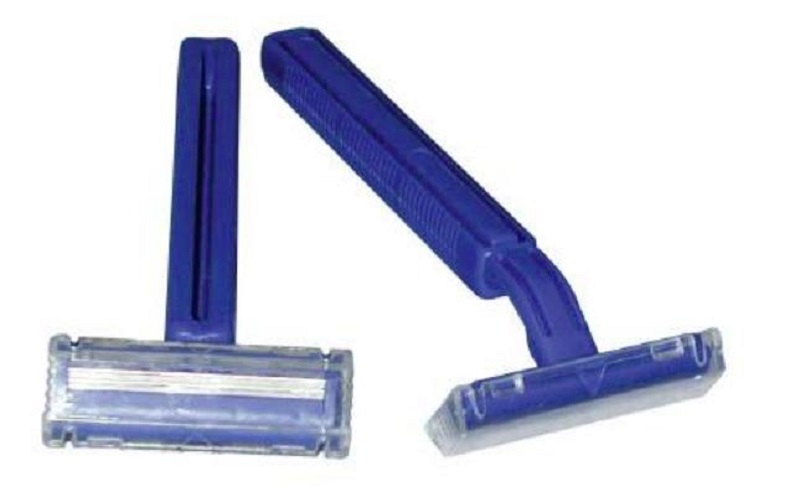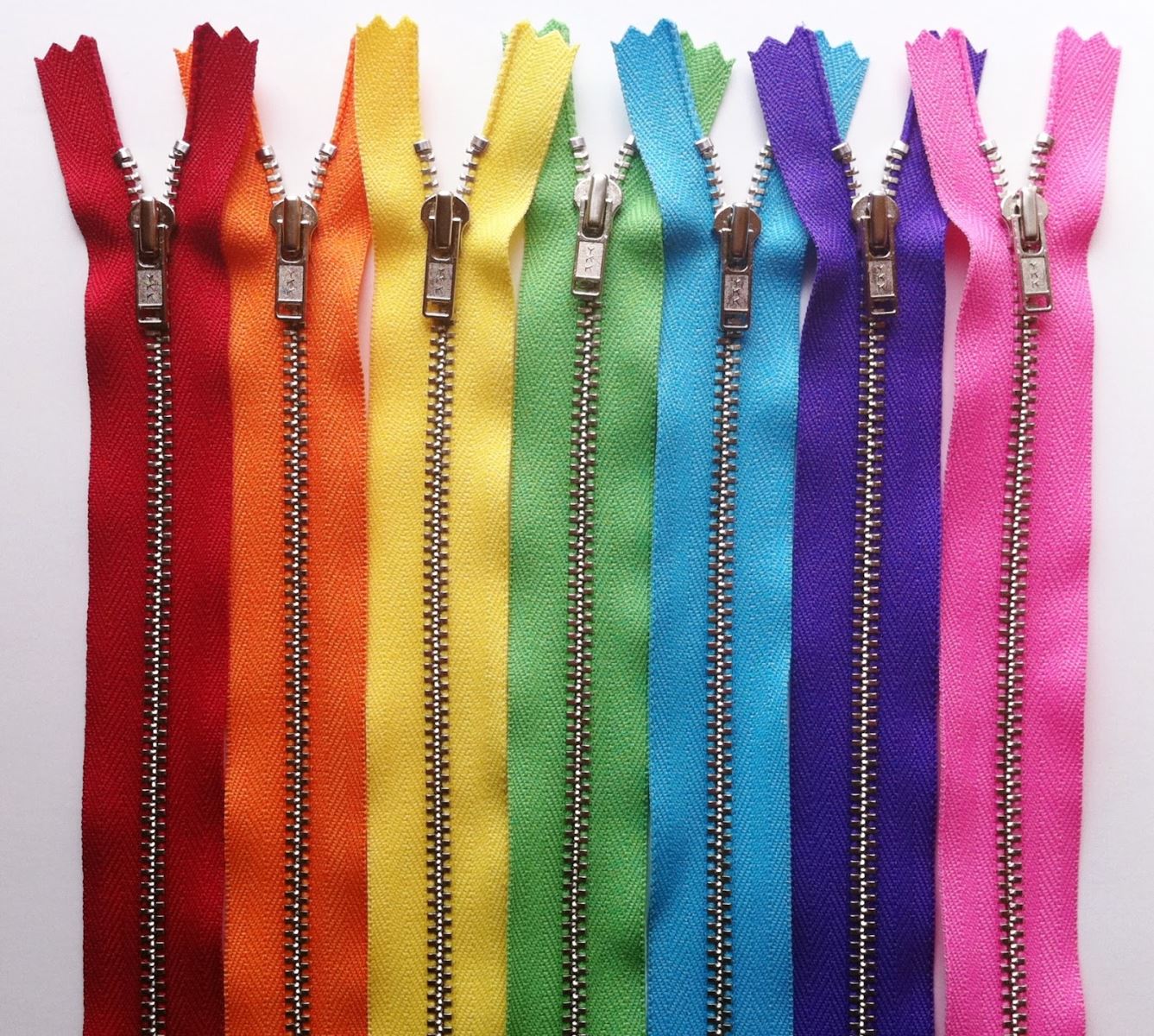From the moment you wake up on the sound of your alarm clock, going through washing your face, drinking your morning coffee, and driving your car to work, all the way through the day till you go to bed at night; do you ever stop to think about all the inventions you used during the day, and will continue to use every day?
Alarm clocks, running water, coffee and automobiles; these are all inventions that we use on a daily basis. Yet, most of us never think about the stories behind them, nor are we familiar with the inventors who came up with them. From the simplest gadget to the most sophisticated contraption, they all have a history behind them, and a line of inventors who created them.
A "Sharp" Idea
Disposable Razors
It is estimated that men spend an average of five months of their lives shaving, so it is no surprise that one man, King Camp Gillette, took it upon himself to make the job easier!
One morning, Gillette dreamed up an entirely new razor that could be used several times and discarded. In 1901, he enlisted the help of MIT-graduate, William Nickerson, to create a metal blade that was sturdy yet inexpensive. The disposable razor enjoyed a great boost when the US Government issued "safety razors" to the entire armed forces. In later years, razors with two, three, four and even five blades were introduced to the public.
While Gillette pioneered the invention of disposable razors, his competitor, Lieutenant Colonel Jacob Schick, beat him by a "hair" when Schick patented the first electric razor in 1925.

Bittersweet Invention
Coffee
Statistics show that over 400 million cups of coffee are consumed every year. Very few of those who consume coffee are aware of the perplexing history behind it.
Around the 15th century, wild coffee plants from Ethiopia were taken to southern Arabia and cultivated as food for animals. Legend states that the effect of the plant was first discovered in 850, when an Arab goatherd named Kaldi noticed that his goats got friskier when they consumed a berry from the coffee shrub. Kaldi was intrigued so he sampled the berries himself and upon experiencing a sense of exhilaration, he proclaimed his discovery to the world.
The stimulating effect of coffee quickly made it very popular, even though it was met with much controversy. In 1908, housewife Melitta Bentz from Germany got tired of drinking her coffee with leftover coffee grounds and hence invented the first coffee filter, using blotting filter papers. Thirty years later, the Nestlē Company invented instant coffee. Coffee production has since become a lucrative industry and has risen in rating to one of the world’s greatest commodities. It is second only to oil.

Keeping It “Together”
The Zipper
Some great ideas take a long time to take off. In case of the zipper, it took 80 years!
Elias Howe, who also invented the sewing machine, received a patent in 1851 for an "automatic, continuous clothing closure" but the runaway success of the sewing machine left him with little time to develop this invention.
Forty-four years later, the idea of a slide fastener was exhibited by Whitcomb L. Judson at the World's Columbian Exposition of 1893 in Chicago. Judson's fastener, called a clasp locker, was an arrangement of hooks and eyes with a slide clasp for closing and opening.

Gideon Sundback, a Swedish engineer working in the United States, substituted spring clips in place of hooks and eyes, and on 29 April 1913, he received a patent for his hook-less fastener. In 1923, B.G. Work of the B.F. Goodrich Company gave the name “zipper” to the slide fastener that had just been adopted for closing boots.
Aside from boots, it took another 20 years for the zipper to catch on in the fashion world. Eventually, over the years, zippers made their way onto clothing, luggage and countless other objects.
Without these inventors and others’ creative spirit, their quest for answers and their desire to question what is known; our world would be a much different place. It would be a world void of the daily life comforts, and what we use every day without a moment’s, thought as to how or who figured them out and made our lives so much better.
So the next time you send an SMS, take your coffee break or ride an elevator, remember to pay tribute to the pioneers who created all those things that we now take for granted. Remember the everyday inventors who made our life easier and our world happier, while also teaching us success.
References
David Wallechinsky and Irving Wallace, History and Story Behind Inventions, "The People's Almanac" series of books, 1975 – 1981
www.about.com
www.clockhistory.com
Kendall F. Haven, 100 greatest science inventions of all time, Libraries Unlimited, 2006
Encyclopedia Britannica Ultimate Reference Suite, 2010
Catherine O'Reilly, The Inventions That Changed Our Homes and Our Lives, Skyhorse Publishing Inc., 2008
http://news.bbc.co.uk
www.associatedcontent.com
http://web.mit.edu/invent/iow/otis.html
*Published in the PSC Newsletter, Winter 2011 Issue.